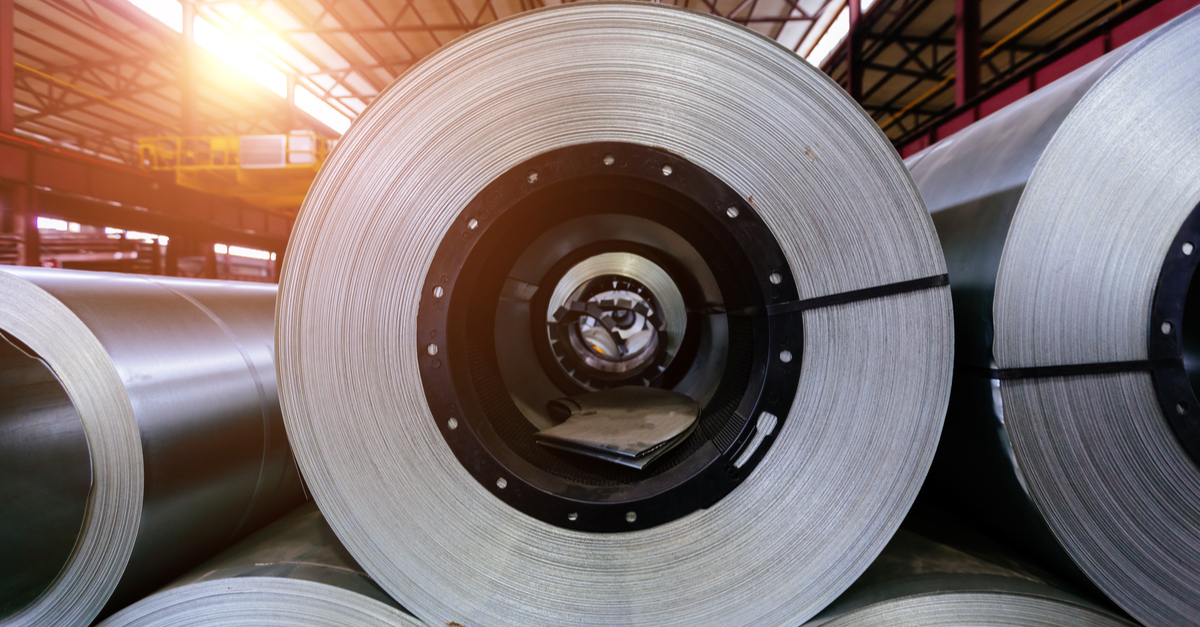
News Global Market steel demand 806 19 October 2023
The countries of Europe and Southeast Asia were the main restraints of growth
In August 2023, the world visible consumption of steel decreased by 4.5% compared to the previous month, but increased by 1.3% y/y – up to 146.4 million tons. This is evidenced by Kallanish analysis data.
This year, the countries of Europe and Southeast Asia were the main restraints on the growth of the indicator. Although China slowed its steel consumption, India, Turkiye and the Middle East recorded the strongest growth.
In January-August 2023, world demand for steel fell by 0.4% compared to the same period in 2022 – to 1.206 billion tons. Apparent demand in China decreased by 0.4% y/y – to 622.8 million tons.
Europe is the biggest lever holding back the growth of the indicator. Visible demand for steel in the EU fell by 11.7% in January-August – to 91.2 million tons. In the UK, there was also a decrease of 7% y/y – to 5.1 million tons.
At the same time, India was the biggest driver of growth. In 8 months, the demand for steel in the country increased by 16.4% – up to 86 million tons.
At the same time, demand in Turkiye and the Middle East also increased significantly. Visible demand for steel in Turkiye increased by 17.8% y/y – up to 25.7 million tons, and in the Middle East by 5.8% y/y – up to 32.2 million tons.
In African countries, there was also an increase of 8.6% compared to the same period last year – up to 10.9 million tons. In the USA, North and Central America, the demand for steel increased by 0.7% y/y – up to 94.5 million tons, while in South America the indicator decreased by 4.9% y/y – to 27 million tons.
In Ukraine, the demand for steel increased by 84.6% y/y – up to 2.78 million tons in 8 months. In August, the figure amounted to 572 thousand tons and became the highest since January 2022.
As GMK Center reported earlier, according to forecasts of WorldSteel, world demand in 2023 will increase by 1.8% compared to 2022 – up to 1.814 billion tons. In 2024, according to the forecast of the association, the global demand for steel will increase by 1.9% y/y – 1.849 billion tons.




